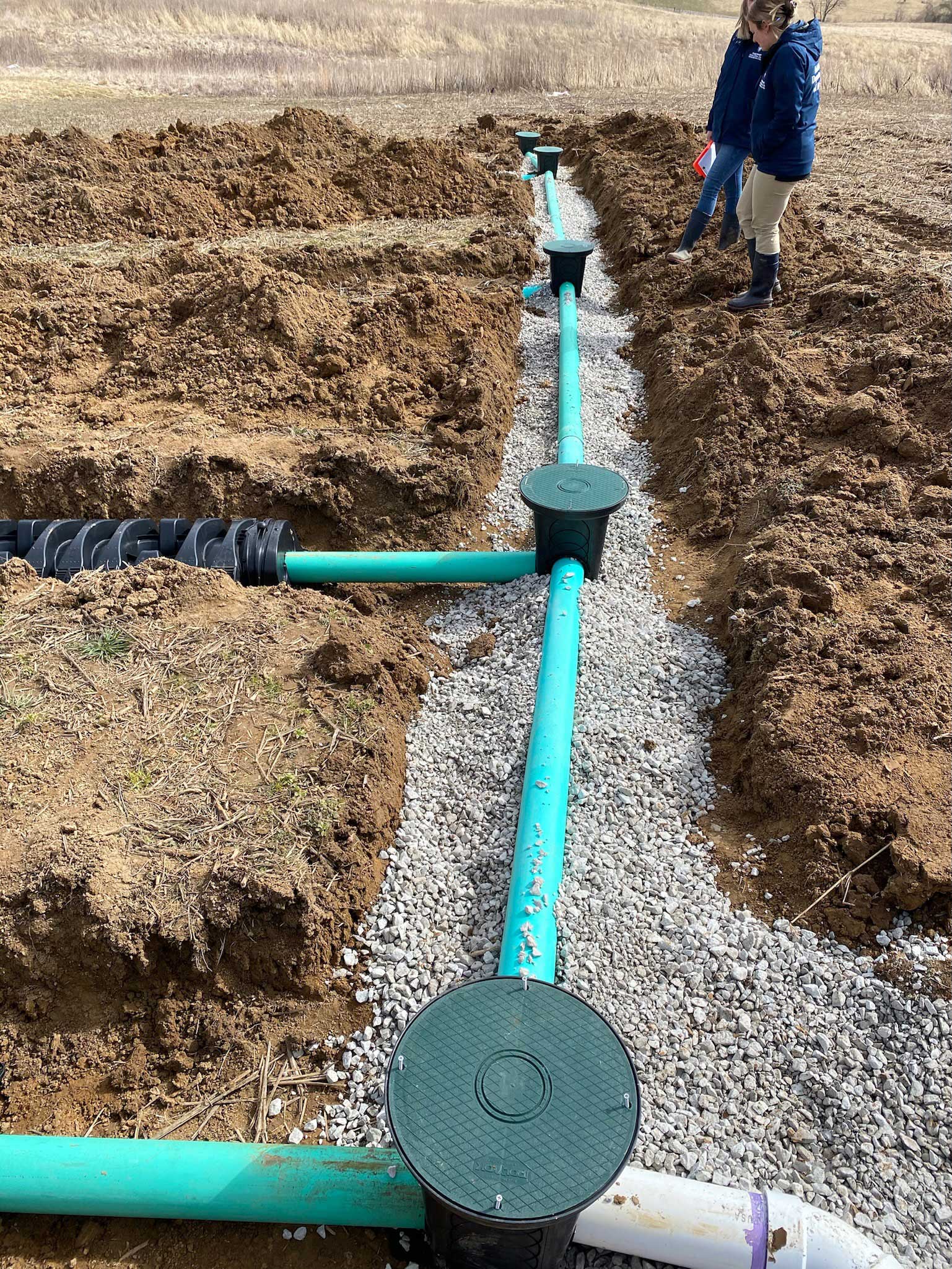In-Depth Expedition: The Science Behind Superior Excavation Practices
From ancient hand devices to modern-day hydraulic excavators, the development of excavation methods has been a testimony to human resourcefulness and technological developments. What truly establishes remarkable excavation methods apart is a deep understanding of geological principles, paired with the use of innovative tools and techniques.
Advancement of Excavation Methods
Throughout history, the advancement of excavation methods has played a crucial duty ahead of time construction techniques and archaeological explorations. From the fundamental tools made use of by our ancestors to the sophisticated equipment employed in modern-day times, the progression of excavation approaches has dramatically changed exactly how we come close to numerous jobs.
In old times, hands-on labor with fundamental tools such as wheelbarrows, pickaxes, and shovels was the key technique of excavation. This labor-intensive process restricted the depth and extent of excavations, frequently causing slow development and restricted access to particular sites. Nevertheless, as human beings advanced, so did the tools and strategies utilized for excavation.
The Industrial Transformation noted a transforming point in excavation experiment the intro of steam-powered equipment. This innovation transformed the area, permitting for faster and more substantial excavations. In modern times, modern technology plays a pivotal function in excavation, with improvements like general practitioner systems, drones, and 3D scanning enhancing precision and efficiency in the field. The development of excavation methods remains to form the means we build, explore, and understand the world around us.
Function of Innovation in Excavation

The integration of sophisticated innovation has actually essentially changed the field of excavation, improving accuracy and effectiveness to extraordinary levels - dump truck companies in ohio. One of the key technological innovations that has substantially impacted excavation methods is the application of GPS systems.
Moreover, the arrival of 3D modeling and simulation software application has structured the preparation process for excavation jobs. Operators and engineers can now envision the whole excavation process before damaging ground, optimizing and identifying prospective difficulties operations. Together with this, the implementation of drones in excavation activities has actually promoted airborne studies, volumetric measurements, and site evaluations with unequaled rate and precision.
Geological Concepts in Excavation
An understanding of geological concepts is essential for guaranteeing the structural stability and stability of excavation sites. Geological aspects play a crucial role in determining the feasibility and safety of excavation jobs (lancaster excavation). One key geological concept to consider is the kind of dirt or rock existing at the website. Different soil types, such as gravel, sand, or clay, have varying levels read this article of security and call for various excavation methods. For example, cohesive dirts like clay might need extra support to stop collapses, while sandy dirts might be susceptible to erosion during excavation.
In addition, the geological framework of the area, consisting of faults, cracks, and rock formations, must be meticulously analyzed to identify possible risks and obstacles. Digging deep into near mistake lines or unstable rock developments can result in instability and prospective dangers. By carrying out complete geological surveys and analysis, excavators and designers can create methods to reduce threats and make sure the effective completion of excavation jobs. Ultimately, integrating geological concepts into excavation techniques is important for attaining safe, reliable, and lasting results.

Most Recent Devices for Excavation
In the world of excavation techniques, modern advancements in tools have transformed the effectiveness and accuracy of excavation processes. One of the most recent devices making waves in the sector is using drones furnished with sophisticated imaging innovation. These drones can offer detailed airborne studies of excavation sites, providing real-time data on topography and possible dangers. This info aids in better preparation and decision-making during the excavation process.
An additional cutting-edge tool gaining appeal is the implementation of 3D printing modern technology for producing custom excavation my latest blog post tools. This enables the manufacturing of specialized tools that are customized to the certain requirements of a task, enhancing performance and decreasing downtime.
Additionally, advancements in materials science have actually resulted in the development of get more stronger and a lot more resilient excavation devices. lancaster trenching. Tungsten carbide-tipped excavator add-ons, as an example, deal superior efficiency in tough ground conditions, improving performance on-site
Science's Influence on Excavation Practices

In addition, scientific research on soil technicians and geotechnical design has supplied beneficial insights right into dirt behavior, enabling excavation specialists to make enlightened decisions regarding excavation methods and soil stabilization techniques. In general, scientific research proceeds to drive technology and improvement in excavation practices, making excavation projects much more reliable, cost-effective, and sustainable.

Verdict
In final thought, the development of excavation techniques has been substantially affected by improvements in innovation and a deeper understanding of geological concepts. The most current tools and devices used in excavation have actually enhanced efficiency and accuracy in the field. The application of scientific expertise has significantly boosted excavation methods, leading to extra effective and lasting techniques for digging deep into different types of products.
In the realm of excavation techniques, modern technologies in devices have revolutionized the effectiveness and precision of excavation processes. By leveraging clinical concepts, the excavation market has been able to significantly boost performance, precision, and safety in excavation processes. GPR permits excavation teams to non-invasively scan and map subsurface frameworks, energies, and potential hazards, allowing them to prepare excavation projects with better accuracy and lowered threat of crashes.
Furthermore, scientific study on soil technicians and geotechnical design has given useful insights right into soil behavior, allowing excavation specialists to make educated choices relating to excavation methods and dirt stabilization strategies. In general, science proceeds to drive innovation and renovation in excavation methods, making excavation tasks much more reliable, affordable, and lasting.